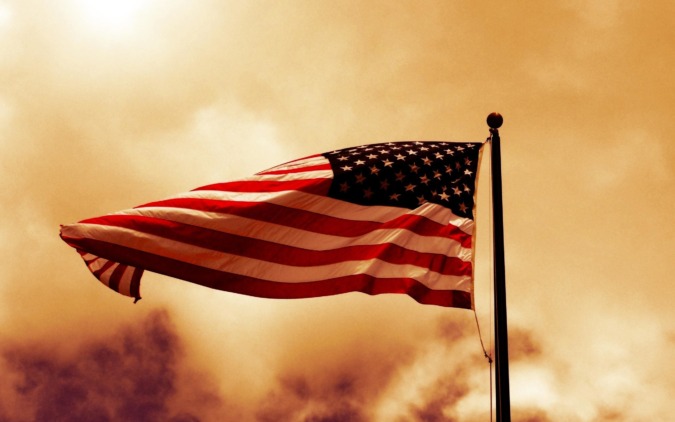
The United States of America, a nation shaped by the waves of immigration and the intermingling of cultures, stands today as a testament to the power of America’s Tapestry. Over the centuries, the American demographic landscape has undergone a remarkable transformation, reflecting the influx of people from all corners of the globe.
This ongoing trend has not only reshaped the racial and ethnic composition of the country but has also enriched its cultural tapestry, infused its cuisine with a symphony of flavors, and invigorated its economy with a surge of entrepreneurial spirit.
Table of Contents
America’s Tapestry: From a Nation of European Ancestry to a Mosaic of Global Heritage
At the time of its founding, the United States was predominantly a nation of European descent. However, throughout its history, successive waves of immigration have introduced multiple ethnicities and cultures to the American landscape.
In the 18th and 19th centuries, it was the Irish, Germans, and Italians who sought new opportunities in flourishing the nation. The early 20th century saw an influx of Eastern Europeans, while the mid-20th century witnessed the arrival of Asians and Latin Americans. More recently, immigration from Africa and the Middle East has further diversified the country’s demographic profile.
The continuous evolution of the demographic landscape is evident in the most recent census data. In 2020, the white population, traditionally constituting over 60% of the total, declined to below 58%. In contrast, the Hispanic or Latino population expanded to 18.7%, establishing itself as the second-largest racial or ethnic group.
Simultaneously, the Asian population exhibited the fastest growth rate, soaring by 24.3%. Projections indicate that by 2043, the United States is anticipated to transition into a “majority-minority” nation, with racial and ethnic minorities constituting more than 50% of the population.
Cultural Contributions: A Symphony of Traditions, Flavors, and Artistic Expressions
The expanding diversity within the American populace has given rise to a multifaceted array of cultural contributions. Traditional festivals like the Chinese New Year, Diwali, and Cinco de Mayo have seamlessly integrated into the American cultural fabric. Culinary landscapes across the nation have undergone a significant transformation with the infusion of authentic flavors from various parts of the world, ranging from the aromatic spices of Indian cuisine to the vibrant dishes of Latin American gastronomy.
The diversity of the nation has exerted a profound influence on the arts. Music genres, including jazz, rock, and hip-hop, have derived inspiration from the cultural heritage of various communities. Similarly, literature, dance, and visual arts have experienced enrichment through the noteworthy contributions of immigrant artists and writers.
Social Challenges: Navigating Divides and Fostering Inclusiveness
While the growing diversity of the American population has brought undeniable benefits, it has also presented social challenges that demand continuous attention. Racial and ethnic disparities persist in areas such as education, employment, and healthcare. Instances of racial bias and discrimination continue to surface, highlighting the need for ongoing efforts to promote understanding and bridge cultural divides.
FAQ’s
Q1: How has the cultural landscape of America evolved over time?
A1: The cultural panorama of the United States has undergone a dynamic evolution, shaped by a complex interplay of diverse influences. This transformation is attributed to historical events, immigration patterns, and the harmonious blending of various cultural elements.
Q2: What is meant by “America’s Tapestry” and “A Mosaic of Cultures”?
A2: “America’s Tapestry” refers to the rich and diverse cultural fabric woven together by various ethnicities and backgrounds. “A Mosaic of Cultures” highlights the intricate mix of traditions, languages, and customs that contribute to the nation’s cultural diversity.
Q3: What challenges arise from maintaining cultural diversity in America?
A6: Challenges may include fostering understanding, overcoming biases, and ensuring equitable representation. Ongoing efforts are directed towards embracing diversity and creating inclusive spaces.
Q4: How does America’s cultural diversity contribute to its global identity?
A7: America’s cultural diversity is a cornerstone of its global identity, showcasing a society that embraces various traditions and fosters a sense of unity within a richly diverse population.
Q5: How can individuals contribute to preserving and celebrating America’s cultural mosaic?
A8: Individuals can contribute by learning about and appreciating different cultures, participating in cultural events, and promoting inclusivity. By recognizing and respecting diversity, we actively contribute to the preservation of America’s cultural mosaic.
Conclusion
The growing diversity of the American population is an ongoing narrative, a continuous evolution of a nation shaped by the resilience, ingenuity, and dreams of people from all corners of the globe. While there are challenges to overcome, the nation’s diversity stands as a source of strength and unity, a testament to the American spirit of welcoming the world with open arms. As the journey of demographic transformation continues, the United States faces the opportunity to embrace its diversity fully, to bridge divides, and to foster an inclusive society where every individual can thrive and contribute to America’s Tapestry.




